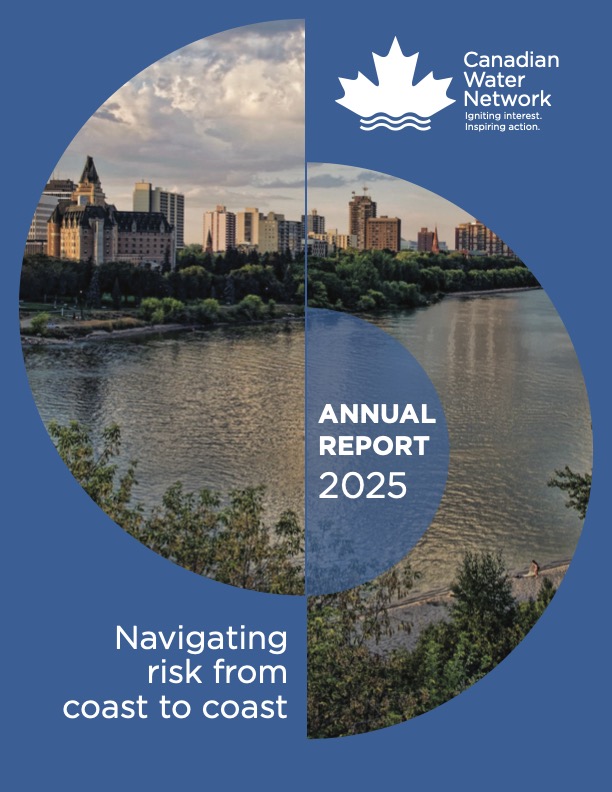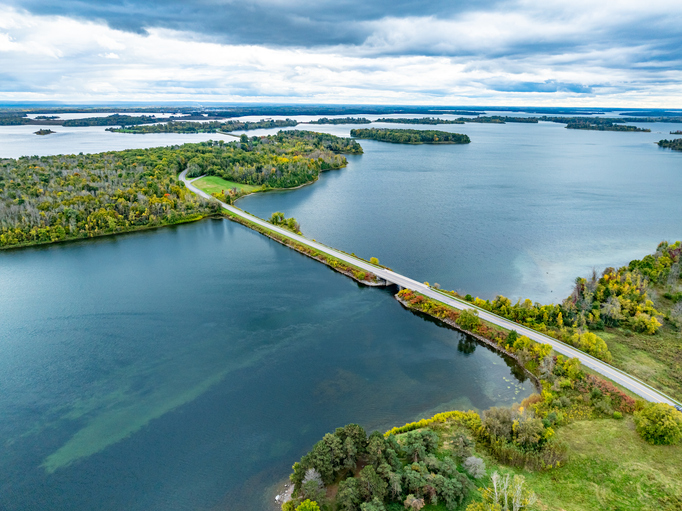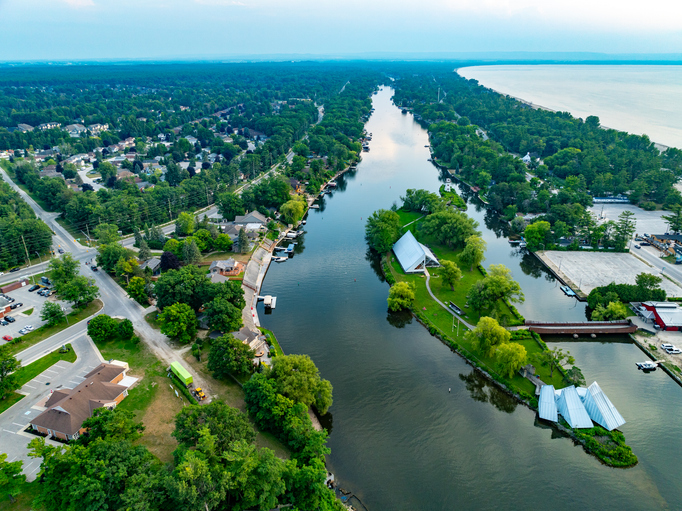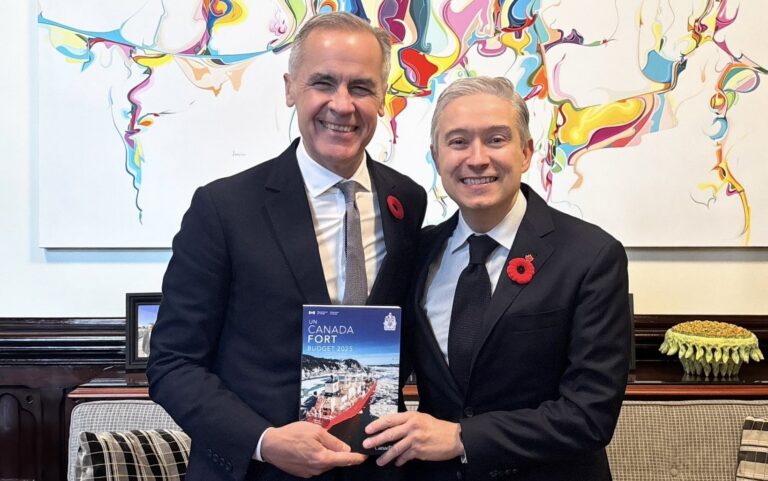Watershed management strives to improve the health of aquatic ecosystems as much as it does the economic, cultural, and biophysical health of our communities. Although ecological, economic, and social challenges may be considered distinct, they are inextricably connected, which can present dilemmas when attempting to reconcile each aspect within a single resource management framework. To add to this complexity, identification and definition of these challenges are influenced heavily by who is involved in these activities.
To assess how well diversity is considered in water management, we first need to identify the underlying assumptions of our approaches. For example, the question ‘what do we measure to understand watershed health’ should raise questions such as whose definition of health is used, who determines priorities, why certain groups were not engaged, what the implications of exclusion might be, and whether it needs to be rectified. Ultimately, whether incorporating diverse perspectives would change anything depends on the context in question and the engagement approach that is used.
In one example from the Muskoka River Watershed (Ontario), managers tested a criteria-based ranking process for selecting water monitoring indicators that encouraged them to think beyond their usual scope. A different set of indicators resulted from using this method compared to their conventional approach. In addition, once these managers undertook a process to identify and characterize end users of their Watershed Report Card, the program was completely redesigned. As a result, the new Report Card (in 2018) is a model of communication and innovation, delivering key information in different ways that are relevant to diverse audiences.
While many of us recognize the importance of diversity, methods for bringing forward diverse perspectives in water resource management are often unclear. One approach is illustrated by the Grand Expressions art exhibit, a partnership between a graduate student at University of Waterloo and an after-school program, Music for the Spirit and Indigenous Visual Arts, based at Six Nations of the Grand River (Canada’s largest reserve by band membership).
Intent on bringing Indigenous youth perspectives to local water managers in a culturally relevant way, Grand Expressions consists of water-themed artwork and stories by 12 youth. The exhibit is one aspect of research that received national recognition from the Canadian Water Resources Association in May 2019, and Grand Expressions is nominated for a 2021 Canada Clean50 Project Award. The virtual tour was on display at THEMUSEUM (Kitchener, Ontario) until January 2021.
As part of the creation process, the young artists were asked to reflect on their relationships with the river (locally, the Grand River, Southern Ontario’s largest river system). For one young girl, the river represents the Missing and Murdered Indigenous Women and Girls across Canada, as domestic abuse and Canada’s murdered peoples result in a water use many will not recognize: a means of disposal for bodies.
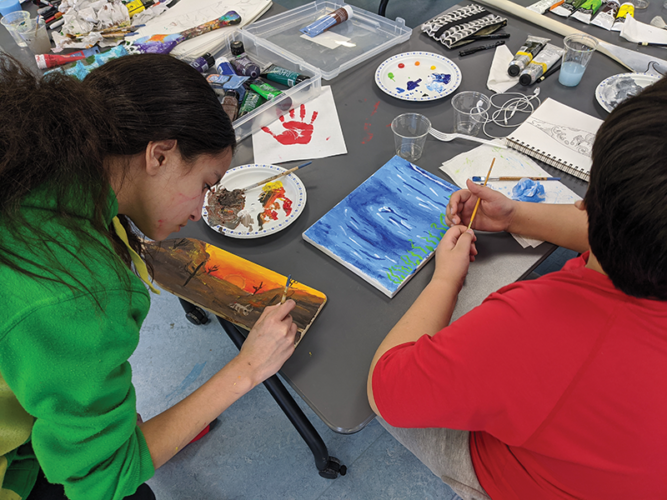
Many, if not most Canadians would suggest this perspective is extreme and therefore invalid, nor is the issue a water quality issue; however, the issue is real, impacting thousands of Canadian and Indigenous families who have lost mothers, daughters, and sisters in unimaginable ways. We accept the need to manage sources of wastewater, nutrients, and other pollution, but what criterion precludes addressing social priorities like these? Do we ignore a difficult problem because it is not conceived in the dominant value system?
Of course, this does not suggest that water management agencies should tackle the national crisis of Missing and Murdered Indigenous Women and Girls. Rather, the key lessons gleaned from the Grand Expression project are that (1) there are valuable perspectives shared by many community members that are not brought to light in current management practices, and (2) the criteria by which we assess which values or priorities are represented in management programs and decisions are not equitable. The relevance of the issue described above to management is not in its connection with water, but in the opportunity to build relationships by recognizing these perspectives are valid.
We know many of our management systems, including the knowledge, values, and priorities we promote, are largely founded on century-old social-political infrastructure. As such, if we strive for excellence and relevance in our communities, we need to recognize our management practices are not representative of the diverse people that live in our watersheds. Three actions to make management more relevant and meaningful to the people it is meant to consider are described below.
Establish underlying principles and values
One approach for engaging with community members infrequently (this is a resource-intensive undertaking), but meaningfully, is to implement strategies for collecting community member values, recommendations, and watershed priorities (including problems they identify and solutions they propose). The feedback provided by community members can then be used to generate a list of principles and values that can steer priority-setting and should be considered in any management decision and the design of any projects or programs moving forward.
Grand Expressions and other projects within the study collectively generated a set of 10 principles and values (view at granderiestudy.ca/results). On a regional scale, management agencies (e.g., municipalities) and the private sector may take this a step further by converting their principles and values into a formal water resource charter for local community members. Either of these approaches would ensure diverse perspectives are considered in day-to-day activities without the need for constant engagement.
Recognize different forms of knowledge and communication
Both the Muskoka example and the Grand Expressions project illustrate different approaches for bringing forward diverse perspectives—using criteria to determine priorities, stakeholder identification, mapping, and/or characterization, and using universal forms of expression to celebrate and collect different lines of evidence.
Citizen “science” initiatives—i.e., community monitoring, surveying, and crowdsourcing observations (e.g., using web-based or smartphone apps like iNaturalist and EDDMapS)—may be useful and have the potential to fill capacity gaps. These initiatives engage community members in problem identification and can form the basis for co-created or community-led solutions. Other forms of knowledge include memories, and cultural teachings, which emerge through interviews, focus groups, and co-created initiatives like Grand Expressions.
Co-create shared spaces
Inclusivity involves inviting previously disengaged persons/groups into a space that was not designed for them. Instead, shared spaces imply the creation or redesign of an entirely different social environment that is equitable to all parties involved. The Grand Expressions virtual exhibit is an example of a co-created shared space, where community members defined the timing and communication of personal experiences and cultural knowledge (i.e., via artwork) while also providing interpretation (i.e., written stories) for those who are unsure how to understand the format of messaging. This approach is challenging because it requires flexibility and power-sharing to create a sense of ownership within the community. In a co-creative process, relationship-building should be prioritized above efficiently achieving management’s desired outcomes.
There are many other approaches that have been explored around the world (often under the umbrella of equity-based action). The approach that will provide the greatest benefits for management and the community is one that engages with both to identify shared goals, needs, and solutions. In this way, diversity and collaboration can be the basis for tackling increasing complex challenges facing each of our watersheds in the future.
This article was written by Elaine Ho, a PhD candidate at University of Waterloo, for the November/December 2020 issue of Water Canada.




